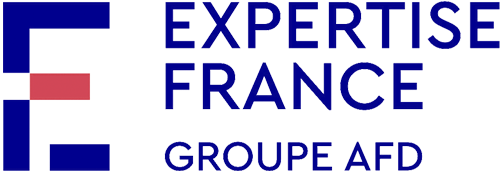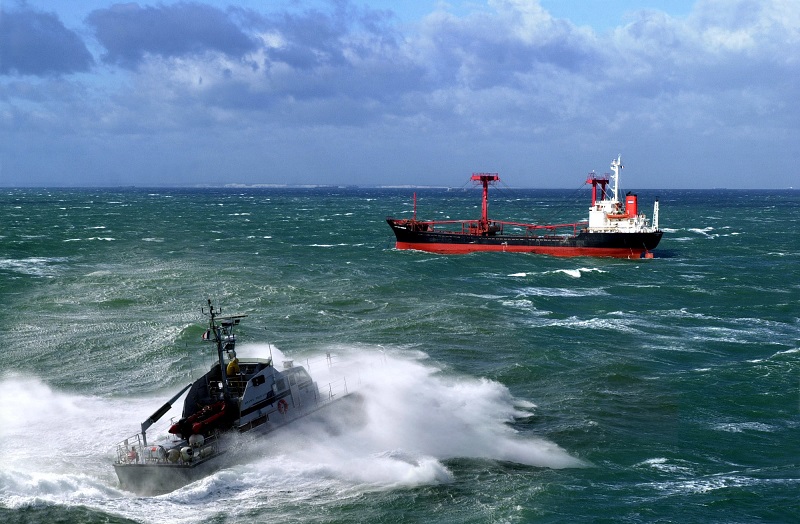Stepping up the fight against trafficking in cultural property: four avenues to be explored
The issue of cultural heritage, an essential value for humanity, has come to the fore again with the destruction of sites such as the Timbuktu mausoleums in 2012 and the ancient city of Palmyra in 2015. However, it is not a recent phenomenon, and beyond intentional destruction, there continue to be other threats to cultural heritage: thefts from museums or private homes, archaeological looting, copies, natural disasters…
It is targeted by trafficking networks and is also a lucrative market: the illicit trade of antiques and works of art is estimated at between EUR 2.5bn and EUR 5bn a year and proceeds from the theft and resale of this heritage are used to support criminal and terrorist groups. For example, over 16,000 cultural goods from Syria have been seized in Europe since the adoption of Resolution 2347 by the United Nations Security Council in 2017.
The international community has mobilised to address these challenges, while taking into account the transnational dimension of this type of traffic. International law – with a first convention back in 1970 – has contributed to establishing the legal framework used by countries to protect cultural property. But it increasingly involves going beyond the logic of protecting and returning cultural property to develop the fight in terms of criminal law. The panel discussion on 13 November was consequently held with the aim of identifying avenues to increase the effectiveness of the fight against illicit trafficking in cultural property.
Specific expertise and necessary coordination
Items whose origin is difficult to identify, objects that are sometimes tiny and very easy to transport… From an operational viewpoint, investigating trafficking in cultural property firstly requires specific expertise. At national level, the creation of specialised police units is an advantage, explained Major Paolo Montorsi, from the Carabinieri, during the panel discussion. For example, this Italian gendarmerie force, which has a department specialised in cultural heritage, is assisting Iraq in training a unit dedicated to this subject.
Furthermore, police services need to be able to rely on shared tools, such as databases listing stolen objects. For example, the French database Treima has a list of some 33,000 files, said Corinne Chartrelle, former Deputy Director of the Central Office for the Fight against Trafficking of Cultural Property (OCBC). The 100,000 photos of objects in it allow investigators to rapidly check during a search whether the object has been reported.
The investigation also requires closer cooperation between investigation services and collaboration with other administrations. “We need to break the silos at national level”, explains David Hotte, coordinator of the European Union's AML/CFT facility. For example, to mobilise diversified public expertise, the Italian Carabinieri work with the Italian Ministries of the Interior, Defence and Culture. This coordination is also necessary at international level to ensure that the actions of the various actors mobilised to fight against trafficking in cultural property – Interpol, UNESCO, European Union… – are complementary.
For further reading: David Hotte: “Make mechanisms to fight against money laundering and terrorist financing more operational”
The role of the private sector and civil society
The last issue involves working more effectively with the private sector and civil society, while raising awareness among the general public. “Everyone has a responsibility”, explained Sophie Delepierre, from the International Council of Museums (ICOM). To take things further and be more responsive, she stressed the need to know each other, exchange information and specify everyone’s role. For example, museum professionals (curators, inventory managers…) already play a role in the fight against trafficking in cultural property: ethics of acquisitions, drawing up notices of stolen goods and red lists to make it easier for police services to identify goods, training and the provision of experts to authenticate goods.
Furthermore, this mobilisation of the private sector and civil society will be a priority for the European Union’s AML/CFT Facility, which includes the issue of trafficking in cultural property in the broader subject of the fight against money laundering and terrorist financing. This project was launched in 2019 and will mobilise European public expertise with the aim of building the capacities of partner countries throughout the penal chain (intelligence, police, justice, customs…). “In this field, the only effective thing is cooperation between peers”, pointed out Maria Sanchez, from the European Commission’s Directorate-General for International Cooperation and Development (DG DEVCO).
How to reinforce #partnerships against the trafficking of #culturalgoods?
— Expertise France (@expertisefrance) November 13, 2019
3️⃣ main ideas were highlighted at the #ParisPeaceForum2019:
➡️ increase the collaboration at national & international level
➡️ mobilise civil society, including museums & art dealers
➡️ raise the awareness pic.twitter.com/JrPQ5NMEaH



